
KEY FEATURES
- 24.2MP Exmor CMOS sensor
- Sony E-mount lenses
- 7.5cm touchscreen
- 425-point phase-detection autofocus
- 11fps continuous shooting
- 4K video recording
- OLED viewfinder
- Manufacturer: Sony
- Review Price: free/subscription
Preview: We look at Sony’s latest APS-C camera.
It was somewhat of a surprise when Sony launched the A6500 – it hadn’t been all that long since the A6300 hit the market.
The A6500 is, in essence, a faster version of the A6300, with which it shares plenty of specifications: it features a 24.2-megapixel sensor and the same focusing system.
However, there have been a few changes. There’s a faster processor, a new 5-axis image stabilisation system and, after years of resistance, a touch-sensitive screen.
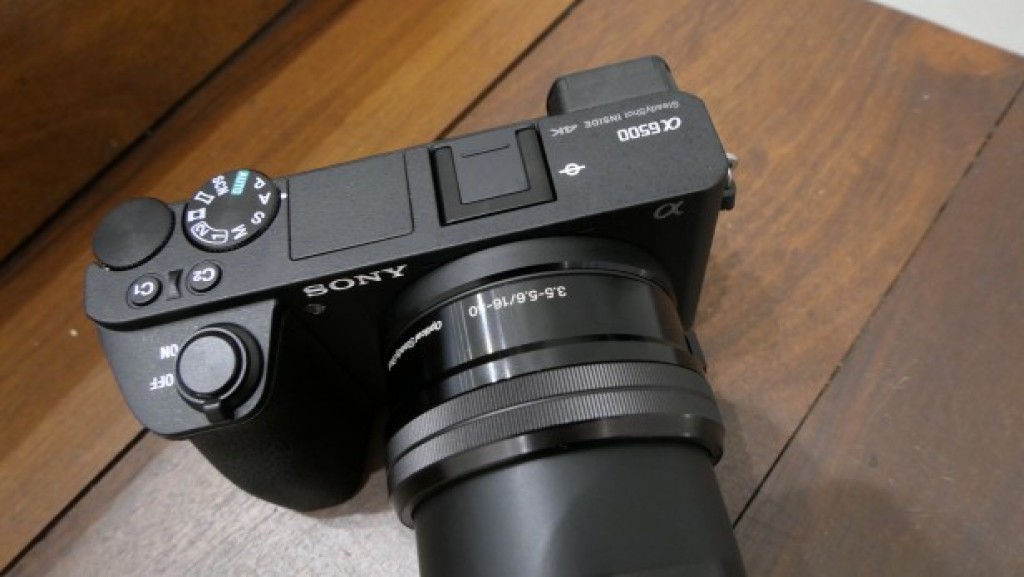
DESIGN AND HANDLING
In order to accommodate some of that extra technology inside the A6500, the body of the camera is slightly bigger than its predecessor. However, it’s still impressively small, considering the powerful specs inside.
Used with a small or pancake lens, the camera will easily fit into a large jacket pocket. The downside of having such a small body is that if you use the camera with one of the larger optics available for the e-mount system, it looks (and feels) a little unbalanced.
On the front of the camera is a reasonably large, protruding grip, whose rubberised coating feels comfortable in the hand. On the top of this grip is the shutter release and on/off switch, which sit naturally beneath your forefinger.
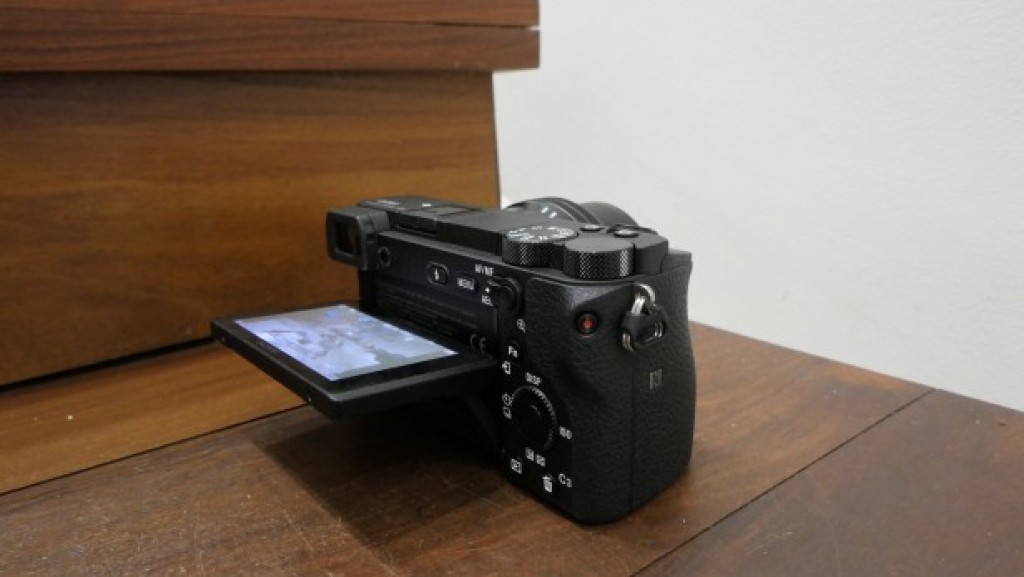
On the top of the camera sits a mode dial, and a couple of customisation buttons. There’s a second dial offering different functions, depending on the shooting mode you’re in. For example, it adjusts aperture while in aperture priority mode.
Just like the buttons on the rear of the camera, the top dials and buttons can be found on the right-hand side of the camera, meaning you have quick access with your thumb when holding the camera in just one hand. If you’re using a larger lens, you may need to use your free hand to stabilise the camera.
A decent array of buttons on the rear of the camera provide quick access to various settings. There’s a scrolling dial that has built-in directional keys. Each of these keys already has an assigned function, but you can change it to one of your choosing, if you prefer. There’s also another spare customisable button to join the two on the top of the camera.
One particularly useful button is the function button (marked Fn). This provides quick access to a bunch of common settings that you might want to change regularly – again though, you can change all of the options that are listed here; if there’s something you don’t want, you can just ditch it.
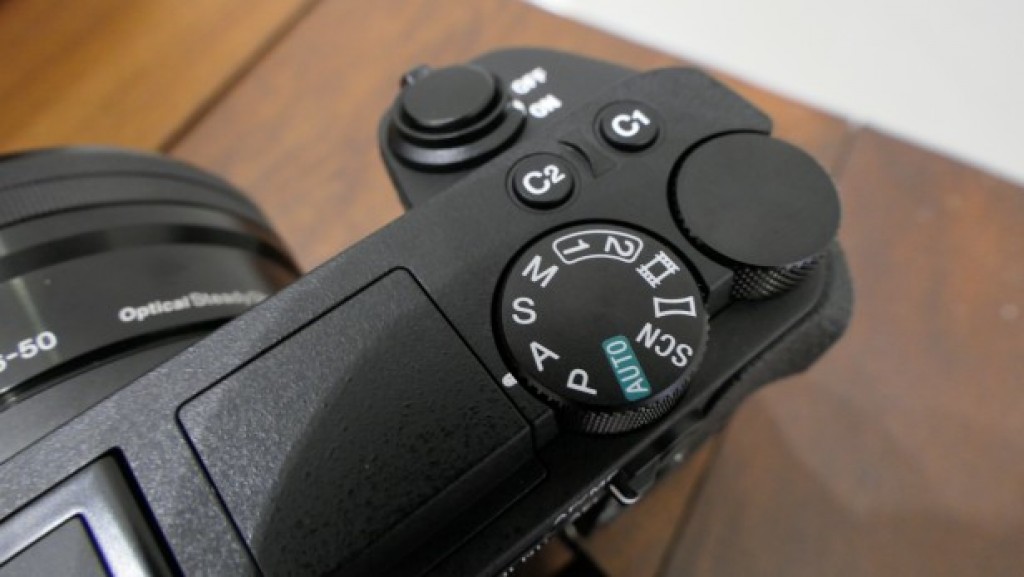
In the top-left corner of the camera is a viewfinder, which offers a bright and clear picture of the scene in front of it. It didn’t seem to display any noticeable lag during my time with it, but I’ll be sure to put it through more rigorous testing when a sample becomes available.
The tilting screen allows for it to be positioned in a number of awkward angles. However, the big news here is that Sony, at long last, has equipped one of its high-end CSCs with a touch-sensitive screen.
Now you can simply tap to change the autofocus point, without having to faff around with buttons and keys to get to one of the hundreds of points that are available.
You can continue to use the screen to set the autofocus point even while using the viewfinder – if you use a dragging motion across the screen, the autofocus point will move to where you need it to be. I personally hope that this feature goes down well and Sony rolls out touchscreens to the rest of its range.
PERFORMANCE AND IMAGE QUALITY
I haven’t yet been able to put the A6500 through its paces properly, especially with regards to its speed and accuracy, but early indications are positive.
It will be interesting to see how well this camera copes when shooting moving subjects. In my initial tests – tracking a moving car – it performed very well, but I’d like to see if such performance is consistent.
Image quality also displays signs of matching up to Sony’s usually high standard, with vibrant colours and plenty of detail. The 16-50mm kit lens is fine to get you started with, but for a camera such as this, you’ll probably want to move up to a more advanced lens reasonably quickly.
Below are some sample shots (click to enlarge):

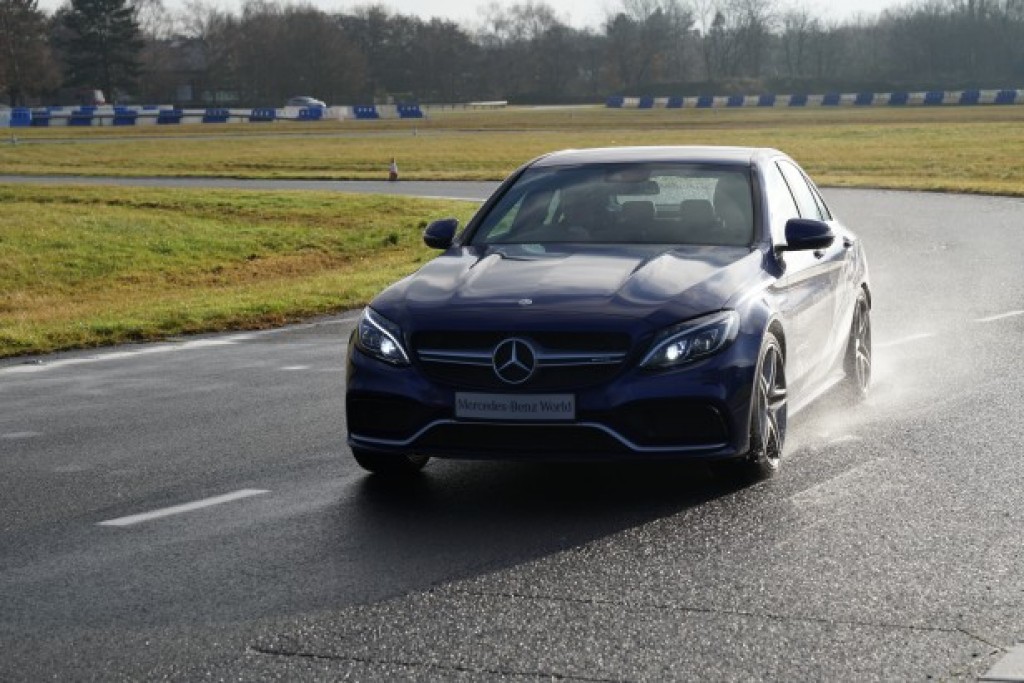


EARLY VERDICT
Sony has a pretty quick turnaround with products, and it may have annoyed some by bringing out an A6500 so soon after the A6300. However, considering the latter is still on the market, it could be argued that consumers have more choice, and can buy the best camera which is suited to them.
Sourse: trustedreviews.com





































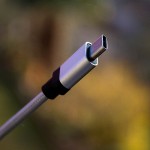




It’s great that Sony have added a touchscreen at last, but for photographers who aren’t rich and don’t care about 4K, the best thing about this camera is that it’ll drive the price of the (still amazing) A6000 down even more.